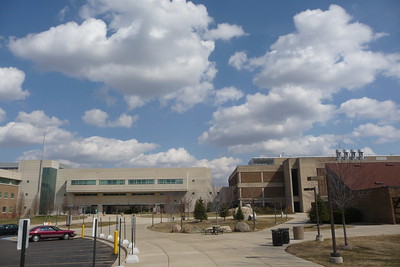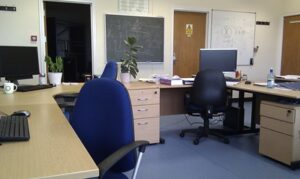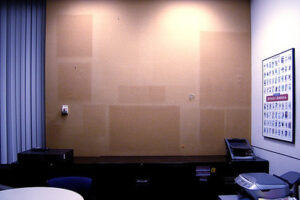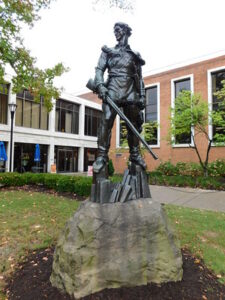” The state of facilities in higher education is now an indicator of the overall health of an institution and its readiness to move into the next decade and beyond. Our hope is that institutional leadership will increasingly embrace the idea that effective stewardship of their existing facilities can also progress their strategic ambitions as they confront the shifting paradigm underway in higher education.”
State of Facilities in Higher Education, 7th Edition (2020), Gordian
There is no clearer way to say, “Stop building!” than this. Overall, taking care of existing buildings is a superior strategy on many levels.
New construction does not increase enrollment
Administrators desperately want to believe that new buildings attract new students. They do not. Nationwide, post-secondary enrollment has declined for the eighth consecutive year, and it isn’t because no one’s building new buildings on their campuses. If anything, new construction can have the opposite effect on enrollment, especially if student tuition hikes pay for part (or all) of the new construction. If your new construction chases students away, who are you building for?
Don’t indulge in magical thinking
Many college administrators – including those at WCC – assume that somehow, future funding will appear in time to pay for new construction. Enrollment is going to rise; property values are going to rise; the state appropriation is going to increase; the College is going to get grants or gifts. Worse, they also engage in this exact same magical thinking when it comes to existing construction.
And when the money trees don’t bloom, WCC is left with one option: raise student tuition.
Shorting the maintenance budget is shortchanging the community
When you do not devote enough money to maintain all of your buildings adequately, by definition, you make it a policy to neglect your buildings. A “maintenance debt” is a debt with interest. It will cost more to fix a building next year than this year. And if you don’t have the money to maintain your buildings this year, where are you going to get the money for an even larger maintenance budget next year?
Oh, right. Magical thinking.
WCC should not be expanding its footprint, now or in the foreseeable future. The “Advanced Transportation Center” has very little relationship to advanced transportation. Even the president has said this herself. The ATC offers very little academic space; it is primarily an events space. (Which is also what Morris Lawrence is.) The programs slated to go in the ATC are taught in existing space right now. And that’s where they should stay.
Instead of adding another building to campus, try taking care of your existing facilities.
Photo Credit: Rex Roof, via Flickr















